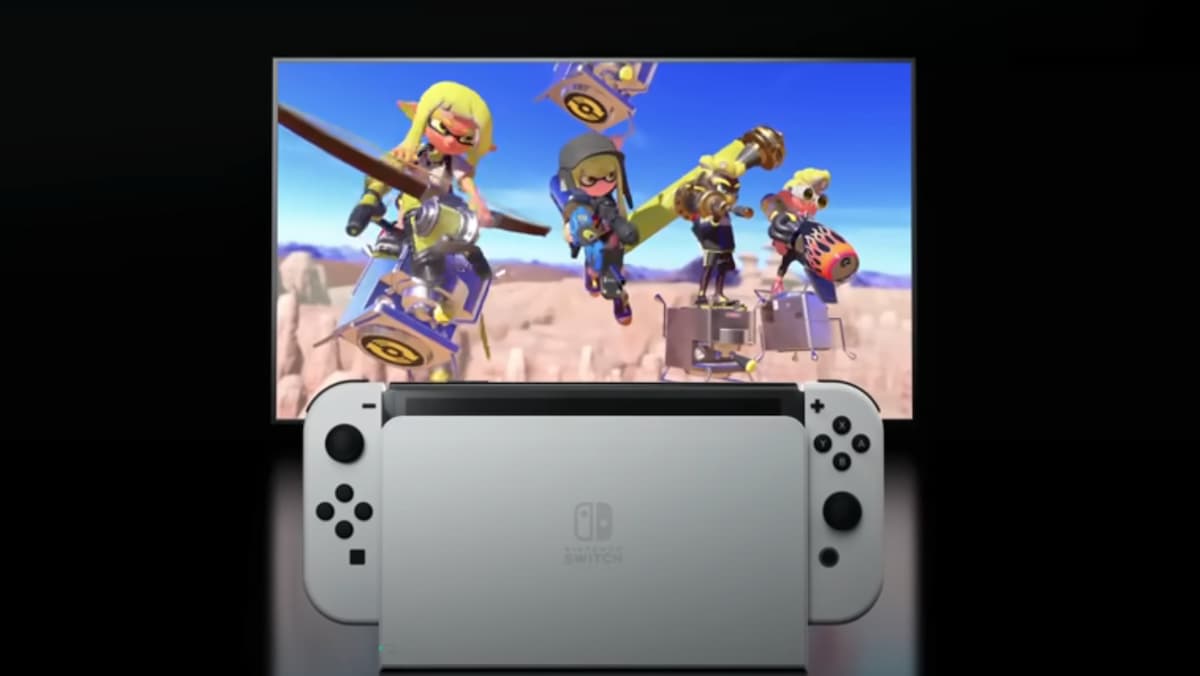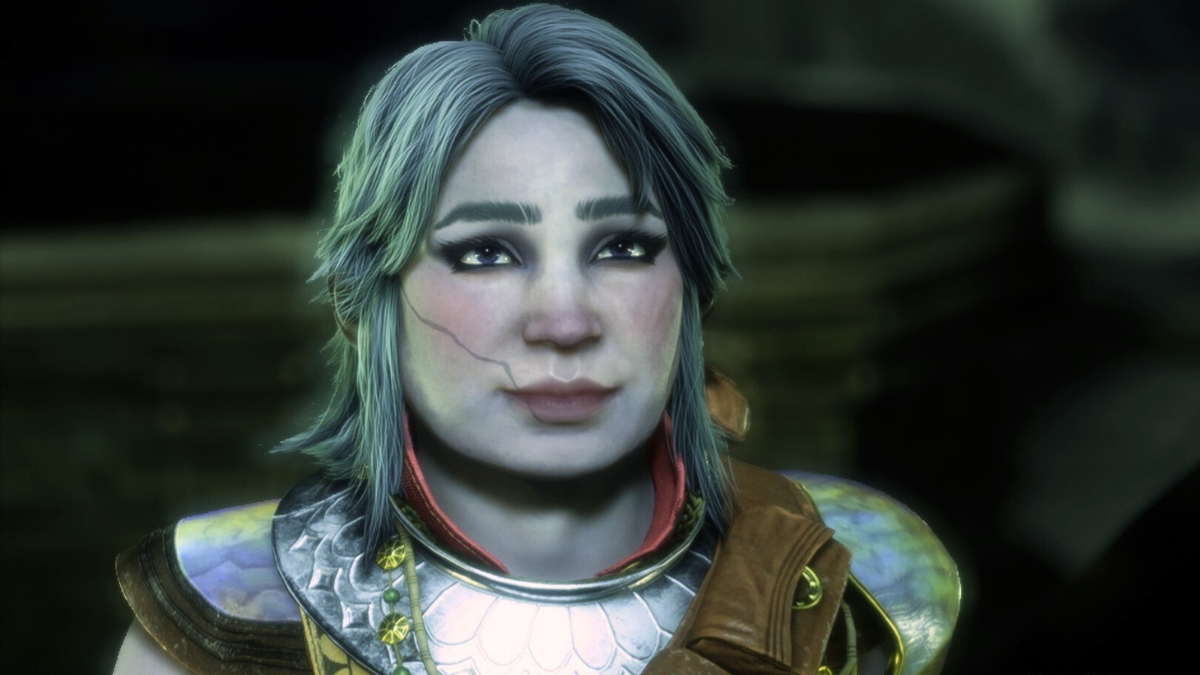For years now, “Switch 2” will sporadically start trending on social media—especially before a Nintendo Direct event. There are seemingly annual rumors that an announcement is coming. And yet, the announcement of a successor to the Switch has yet to come. Six years into the Nintendo Switch’s lifetime, the console is still selling absurdly strong. Last year, it sold more units than any other console in at least the US and Nintendo’s home turf of Japan. The Switch’s exclusive games are taking up lots of room in the overall gaming discourse. There was a hot second in the pandemic where you couldn’t even get a Switch because they were sold out everywhere.
Which leads me to a genuine question: why, exactly, do we need a Switch 2?
Let’s talk resolution and Joy-Cons
Yes, there are hardware limitations to the Nintendo Switch. The biggest one talked about is the Switch’s inability to run 4K resolution. But there are a lot of casual tests which have drawn the conclusion that most people can’t really tell the difference between 4K and 1080p. Obvious changes in picture quality are more affected by other factors, like the type of screen you’re playing on. (To this end, Nintendo released an OLED Switch, which I bought because I’m a sucker, and it is a noticeable improvement in handheld mode.)
In fact, most experts say that 4K really only starts to make a difference if your TV is bigger than 65 inches and the most common TV size in America (as of 2022) is reportedly 55 inches.
Beyond that, I’d also argue 4K is more useful for heightening the experience of the “going-for-realism” type games that typically appear on PlayStations and Xboxes (your Last of Us’s, your Horizon Zero Dawns, your Elden Rings) than for something like a Mario game. Most people are buying Switches for Mario Kart or the other cartoony-style games Nintendo is known for. Most of Nintendo’s first-party games look just fine, if not downright incredible, on the Switch’s existing 1080p hardware. The trailer for Super Mario Bros. Wonder—not to mention the very existence of Tears of the Kingdom—demonstrated the wonders still capable within the Switch’s constraints. (Pokémon Scarlet and Violet‘s issues are Game Freak’s own.)
I’ll admit that I’d love a 4K version of Tears of the Kingdom, but do I want to pay $400 or more for new hardware to experience that, when I already have a stunning version of the game to play? No, I honestly don’t.
For me, the biggest improvement I would want in a Switch 2 would be to the Joy-Cons. “Joy-Con” drift—where the console thinks the controller is still moving when it’s not—is a widespread and seemingly inevitable experience, and it’s a bummer. Apparently, according to The Verge, Nintendo has been working on the issue this whole time and resigned themselves to the fact that there will always be some wear over time. On the other hand, that’s also (frustratingly) true of most current tech. I have a dud PS4 controller, too.
Is the Switch’s continued relevancy really bad?
Ever since the introduction of home console systems, there’s been a genuine need to update systems every five-ish years. The GameCube was an obvious step up from the N64. The PlayStation 4 contained obvious improvements to the PlayStation 3.
But the current generation of consoles is beginning to plateau—the improvements between the PS4 and PS5 are not really as obvious. The load times are way faster, the picture is a bit clear, the computer is quieter. These are all great upgrades, but the advances aren’t obvious and big as in the previous generations. In other words, the urgency to move on to the next generation is changing and dying down. The PS4 turns ten this year, and it still runs great.
Which, I’d argue, is excellent news for all of our wallets. The Switch’s continued relevancy means that you don’t have to drop $300-400 (at least) on another console every five years. If you want to, the three available models of the Switch—the base model, the handheld-only Lite, and the fancy OLED version—mean that consumers can customize their experience with the Switch based on their own playing habits. The Switch experience is plenty flexible. If you want an upgrade, I’m slightly astounded to report that the OLED version does feel like an upgrade. Because of the nicer screen, sure, but also—that kickstand.
Plus, I still like the Switch. Its gimmick hasn’t gotten old, and the system’s continued strong sales prove that consumers on the whole haven’t gotten tired of it, either.
(Featured image: Nintendo)










Published: Jun 21, 2023 04:28 pm